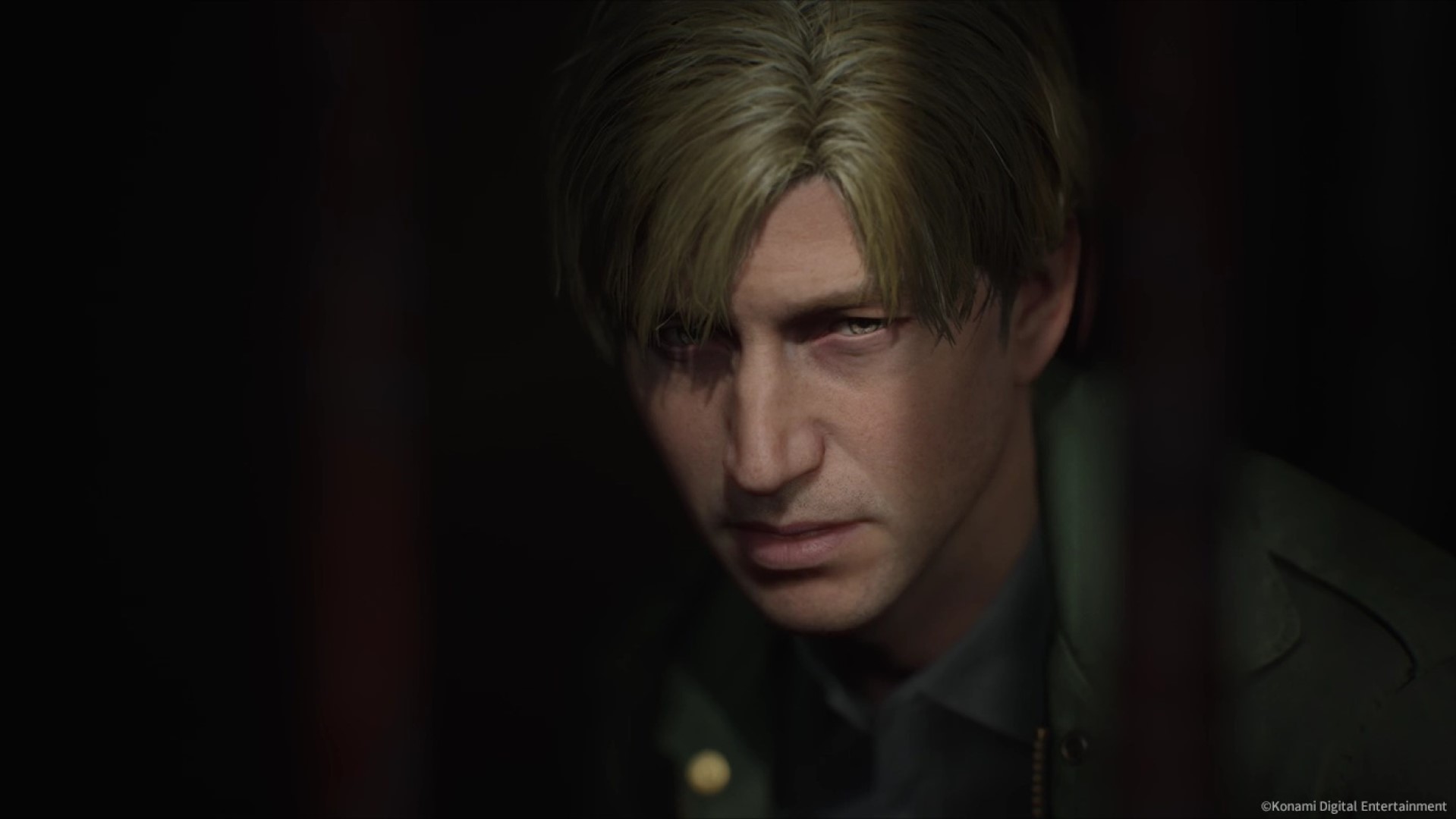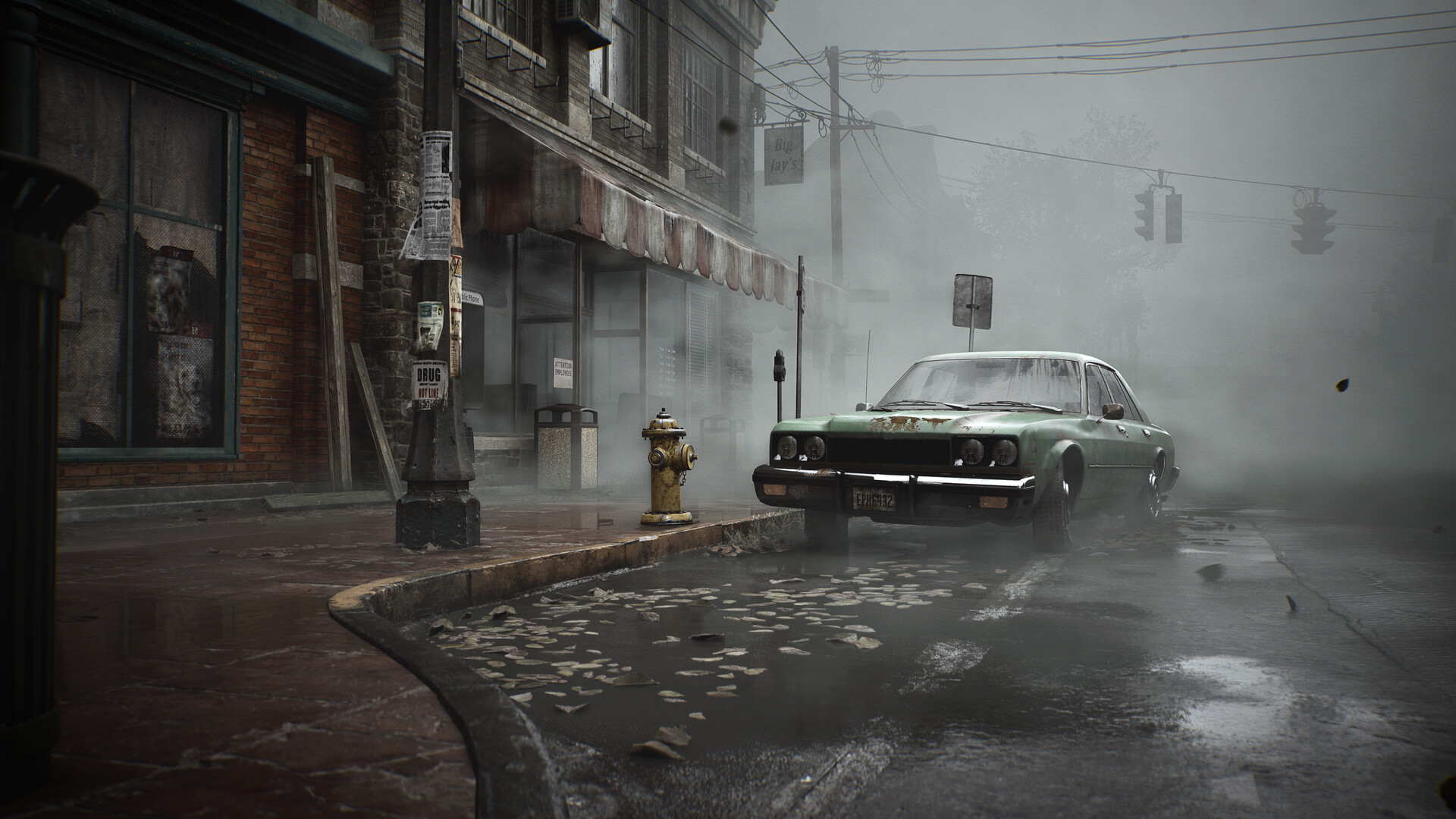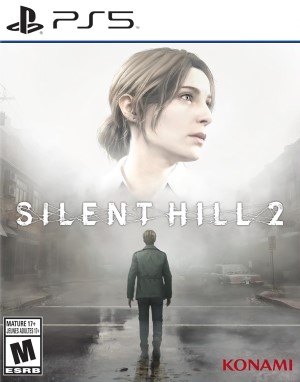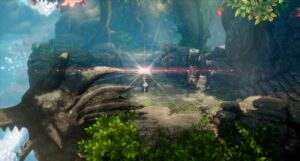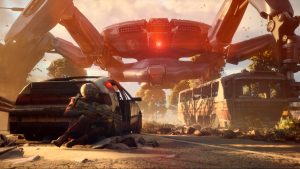
It can be said that remaking games is like reinterpreting memories. Plucking shards of emotion, feeling, or detail from the ether, once crystalised over time now demanding reformulation into something both reminiscent yet with newfound purpose.
The memory of playing Silent Hill 2 is more nebulous than any other horror remake to emerge in recent years. The eponymous town mysteriously abandoned, as we know, but cloaked in dense, morose fog, conceals its secrets, tasking our imaginations with bringing life to the terror lurking out of sight, much like every protagonist we control and NPC resident we encounter. The town is a cracked mirror reflecting our collective torment; our anxieties as the player, and our interpretation of the trauma suffered by the digital sprites lost within Silent Hill’s uninhabited streets and claustrophobic corridors.
Polish developer Bloober Team have the unenviable task of coaxing this communal dread out of the fog, reinterpreting a million interpretations, reconfiguring memories into something freshly profound. In basic terms: paying homage to the dreamlike original whilst putting their own stamp on it. Dampening their prospects further, there’re aspects Bloober Team cannot possibly replicate, namely Silent Hill 2’s influence. Felt in Taiwanese ghost story Detention to last year’s exceptional Alan Wake 2, plus Bloober’s own The Medium, Silent Hill 2’s remake is being born into a world where Silent Hill 2 already exists. Modernised graphics, more user-friendly controls, expanded mechanics, eschewing fixed cameras and tank controls for over-the-shoulder perspectives, elements such as these are staple expectations of any remake, but a strict, singular adherence to technological advances will only devolve Silent Hill 2’s remake into genericism. A AAA game, like any other, just set within a foggy town.
What Bloober Team must encapsulate is the ways in which its original source material enraptured legions of horror fans; its noxious atmosphere, its pervasive dread, its bravery to confront and earnestly portray subjects of taboo. Encapsulation isn’t replication; as aforesaid, that’s impossible, but if this remake is to succeed, it must strive to evoke similar feelings and emotions, to provoke our imaginations just like the original did, instead, perhaps, by utilising contemporary technology to foster fresh perspectives and newfound memories beyond solely relying on things looking and playing better. It’s no easy task, yet despite the colossal uphill struggle, and the widespread disappointment in Silent Hill 2’s initial trailers, this remake looks set to be fantastic.
One such action Bloober Team have taken to harness contemporary game making tech is in its use of motion capture and facial animation. In tandem with a refined, more understandable script, characters now won’t always say what they’re thinking. Instead, they’ll display their emotions on their face; wistful hopelessness, anguish, anger, you’ll be able to read and interpret for yourself what the characters are saying through the lines on their faces. Bloober Team have been sure to maintain existing character arcs, reveals, and important plot points, but in reducing a character’s word count they’re aiming to deepen a player’s relationship with protagonist James and the plethora of lost souls he encounters throughout his efforts to locate his dead wife.
Bloober Team’s focus on showing, not telling, extends to optionally disabling the entirety of the game’s on-screen UI. Remove the HUD and visual and auditory clues will reveal themselves to you, subtly indicating the direction James should be heading given the direction his face is pointing. Losing your bearings was part of Silent Hill 2’s foreboding charm, and with the ability to disable all on-screen waypoints the task of trekking through the labyrinthine miasma of the Wood Side Apartments or Toluca Prison in 2024’s remake finds new ways to maintain the immersive qualities established all those years ago.
Sound has always been integral to Silent Hill 2 too, and whilst its well documented by now that long-time series composer and sound designer Akira Yamaoka is back at the helm to soundtrack this remake with new music, his goal to has also been to reinterpret his memories of the original soundtrack, to craft something fresh out of the carcass of his original iconic soundtrack. To re-envision Silent Hill 2’s music he attempted to transport himself back over two decades, to recall his mindset in hope of pulling something out of the haze. As it happens, Akira-san couldn’t recall anything noteworthy. The remake’s soundtrack, it seems, is being pulled from a misty interpretation of the past, much like the rest of the remake.
The fruits of his labour aren’t without promise, though. Listen to the reprise of standout Silent Hill 2 track ‘The Day of Night’ for a prime example; familiar motifs now lay buried in layers of reverb and static, smudged but still within recognition. The fog hasn’t lifted, but what’s lurking out there has been reimagined.
Yamaoka has always strived to achieve something unique with each of his soundtracks. Scraping, angular hum during exploration, utter silence at the sight of Silent Hill 2’s marquee monsters. Akira cannot precisely replicate the impact his original soundtrack possesses, but he can still create something unexpected based on his reimagining of what was already there.
Encapsulating this premise in more tangible terms is Silent Hill 2’s expanded exploration zones; it is confirmed new areas with fresh puzzles will exist in the remake. Now, this trick was deployed to great effect in Dead Space’s recent remake. New corridors connecting familiar areas rendered the USG Ishimura with a perplexing aura. Creeping from one place to the next felt more like threading your way through a maze, and for veterans of the original it re-established an intoxicating feeling which would have been left in the memory were the mining ship’s zone-connecting train redeployed. New areas to tiptoe through in Silent Hill 2 makes the looming thread waiting in the fog prescient again. Bloober Team haven’t just done this because they can; these new explorable areas are tapping into memories, and they’re another great example of injecting newfound malevolence that would have been lost were this remake a like-for-like copy of the original.
We haven’t really discussed in detail Silent Hill 2’s 4K graphical overhaul, its quality-of-life improvements, or new camera perspectives, as aforesaid these elements are expected – and they’ve been talked about at length in other features. What is worthy of a mention though is the remake’s combat. Now, there’s still an element of clunk in James’ fighting efforts, and combat – now with dodge mechanics and targeting reticules – bears a weight of scrutiny given the new over-the-shoulder perspective. In short, given preview player testimony, combat is a feeble, possibly underbaked affair, but think of it this way: James is not Resident Evil 2’s Leon Kennedy. He’s an ordinary man who stumbles upon weapons he has little experience with. His wayward aiming and sluggish responses are by design. Bloober Team have been clear to point out that Silent Hill 2 is not a combat-focused game, so James’ ineptitude instead is deployed to foster dread and desperation, much like the other innovations discussed in this feature – the new areas, optional lack of UI, the soundtrack.
Whilst the game isn’t out yet, Bloober Team deserve recognition for the way in which they’ve handled this remake’s development. They’ve treated the memories we have of playing the original with respect, and shoe-horned in just enough innovation to keep us on our toes. Silent Hill 2 has potential to reset the blueprint for how remakes should be made. Reinterpreting the past to craft another future.
Note: The views expressed in this article are those of the author and do not necessarily represent the views of, and should not be attributed to, GamingBolt as an organization.








